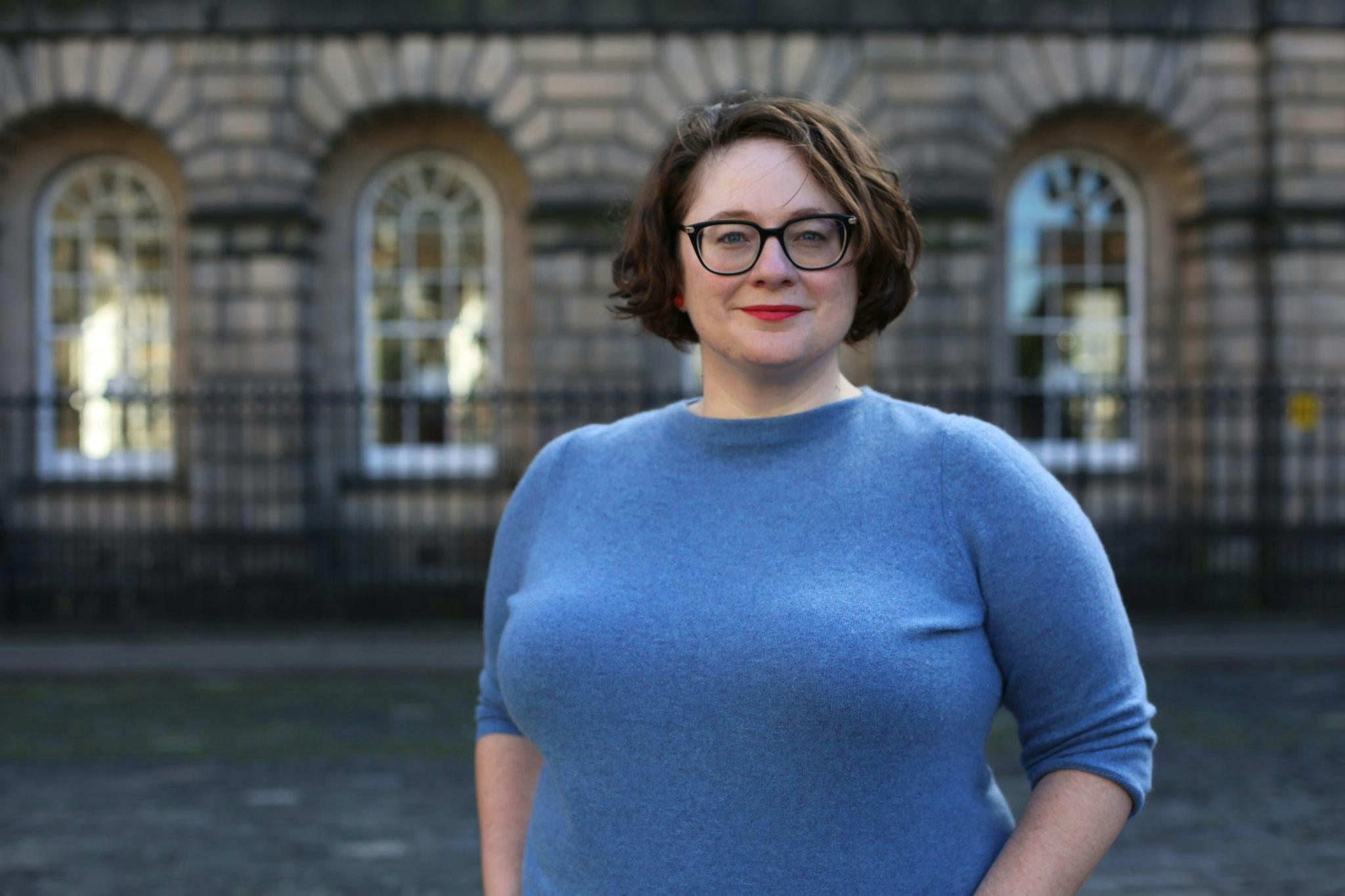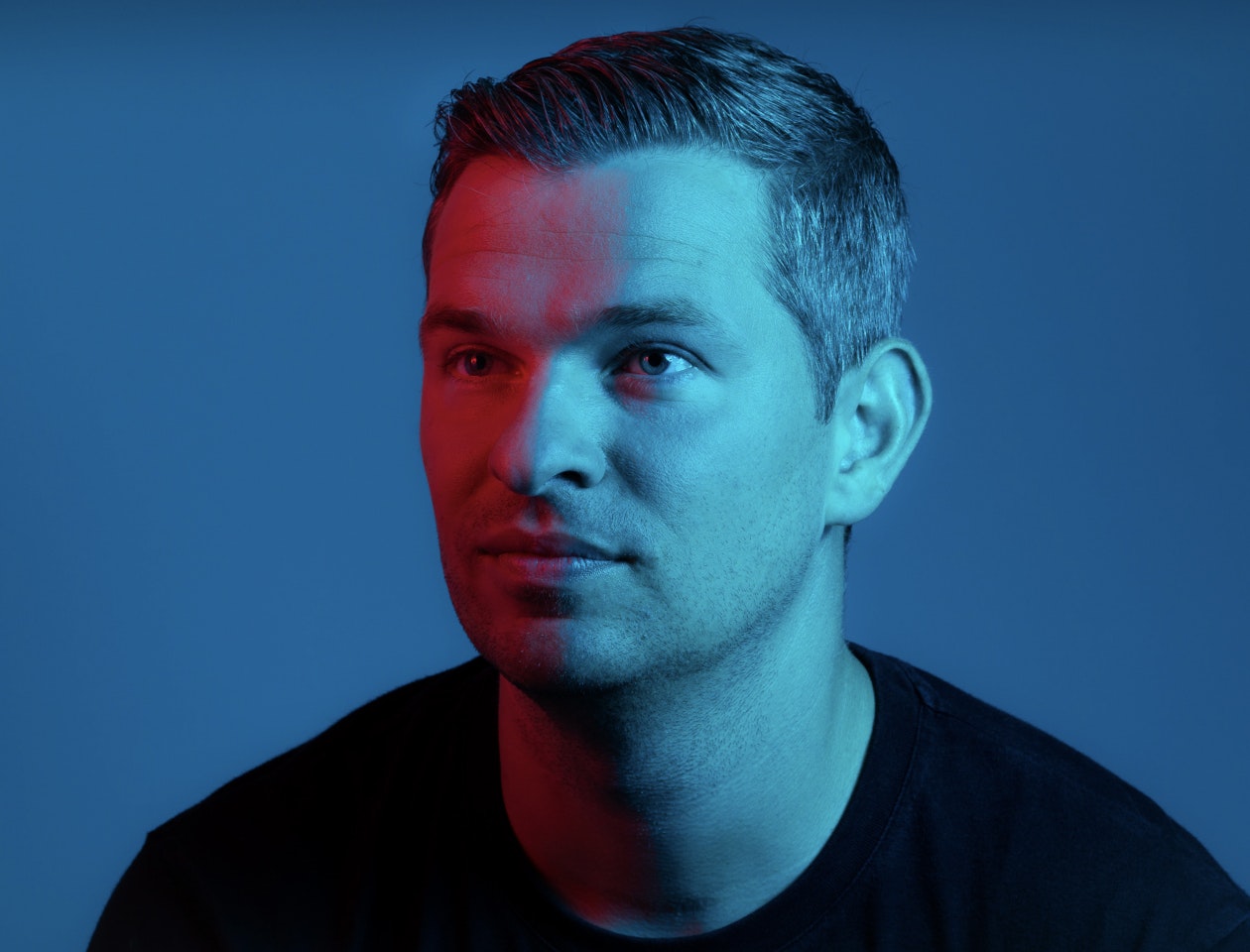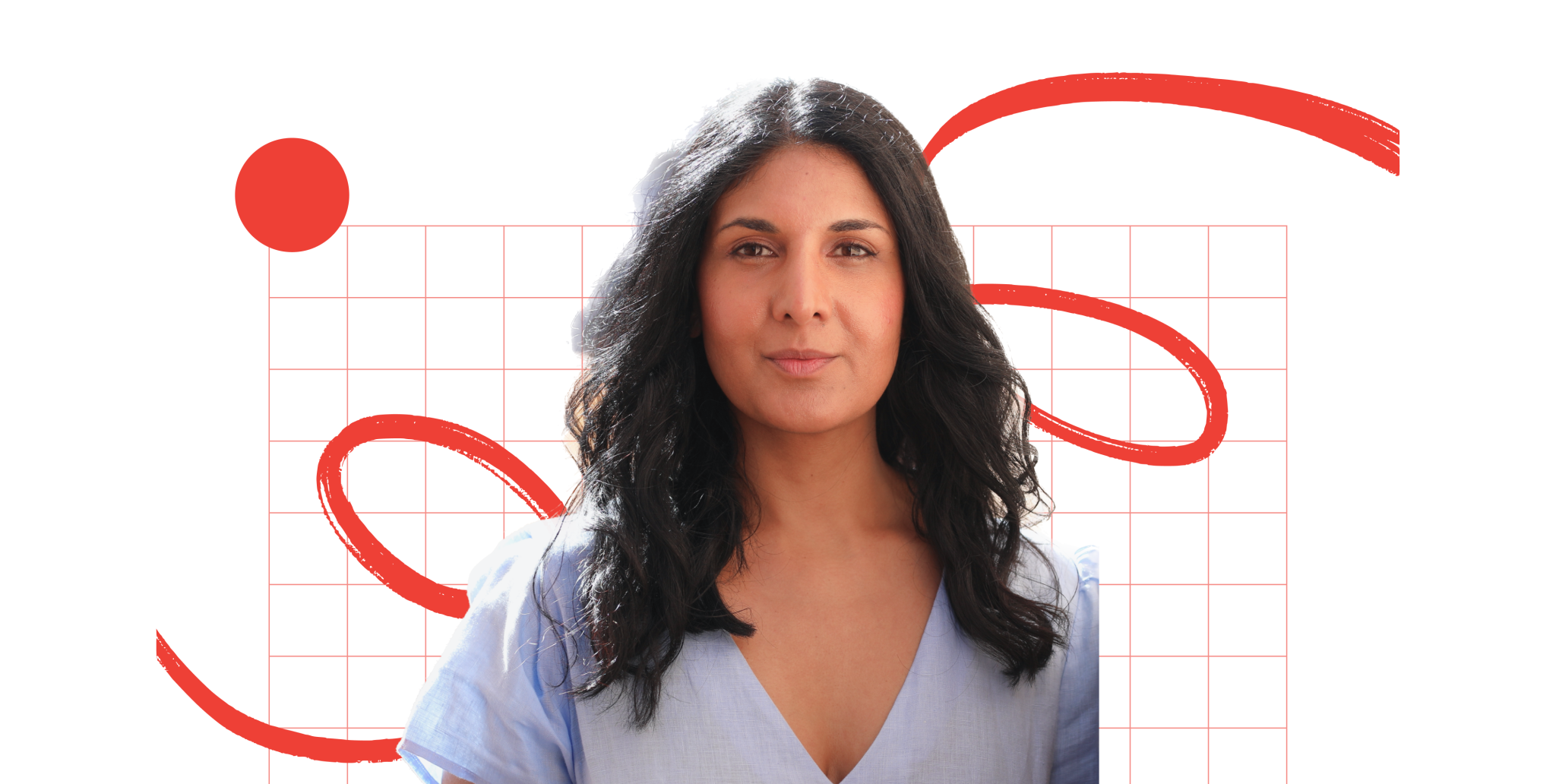Have you ever finished a conversation with a journalist and thought: “Oh my god — what did I just say?”
This happened to me at SaaStr Europa after my fireside chat with Eleanor Warnock from Sifted. In front of a camera and an attentive audience, I announced that we were restarting the fundraising process for Cledara’s Series A.
Like a spark on a line of gunpowder, word started to travel among the investor community that we were raising. The timer was on!
Restarting our fundraising process
Let me give you some more context as to why I said “restarting the fundraising process”.
In startups, timing is everything. When should we add a new product? When do we need to hire a people operations person? When should we start fundraising?
We thought the best time to start fundraising was the end of February, when we knew we were going to have the metrics — the data about our performance that would convince investors.
You never know what unforeseen event is waiting for you
Surprise! The biggest collapse of tech stocks since the 2000s hit us all. Investors were still having conversations but nothing was moving. I remember looking at our metrics, our team, the company. I just could not understand why investors were not progressing with the discussions. After three weeks of hitting dead ends, we decided to pause and continue building.
I don’t think I've had more firms ghosting us than during those three weeks. This is why it's so important to start fundraising with plenty of runaway. You never know what unforeseen event is waiting for you.
We continued growing at more than 20% a month despite what was going on in the markets. In both good times and bad, it’s always important to understand and be able to articulate what drives your growth. So we adapted our pitch deck — the presentation we show investors — to talk about what we were building in our new market reality.
Mentioning capital efficiency is another way of saying 'we’re not interested'
Back to SaaStr Europa, which took place in June. We had grown 3x from the start of the year. For me, it was a no-brainer that investors should invest. But we had to acknowledge that the fundraising environment was very different.
All of a sudden, every firm was talking about capital efficiency and sustainable growth. Let me share my opinion on that: it’s all talk. The number one thing investors care about is growth — efficiency is, at best, a distant second. They are still looking for the next billion-dollar company, and the only way to get there is to grow. Nothing has changed there. To create category-defining companies and market leaders, well, you have to take risks.
Efficiency metrics and the current state of public markets have become the new way for investors to say to founders: “Sorry, I'm just not that into you.” As founders, we need to make sure we read between the lines because we can’t blame our inability to raise on market conditions. If you hear something along those lines from investors, well, continue working on your business and speak to other investors that will actually believe in your growth, your vision and your strategy.
Don’t listen when they say 'raise less'
Another piece of advice we heard a lot from investors was to raise less due to market conditions. Founders shouldn’t be swayed by this kind of counsel. We understand our business, we know what we want to build and we have a strategy to do it. We have modelled it all to know how much capital we need to achieve our vision.
Understand their real underlying motivations and always choose what is best for your company
If you are certain of what you need, keep looking for the right investor. More often than not, investors want to push you to do a lower round either because they don’t have conviction (and won't invest anyway), their fund size doesn't allow them to lead your round or because they can’t get the ownership target they need. Understand their real underlying motivations and always choose what is best for your company.
Trusting relationships is the other thing that has helped us a lot during this fundraising. We met Paul Morgenthaler, who led the deal from CommerzVentures into our Series A, more than five years ago when we were working at another company. We met Nauta Capital a year before we were ready to raise our Seed, and we met Anthemis eight years before we raised our pre-seed. Relationships matter and in times when deploying capital is much more scrutinised, funds need even more conviction that founders can execute their vision. And personally, I like working with people I know.
It is possible to be too visionary
Vision has been an interesting one. Everybody talks about the need for a very big and ambitious vision.
I can see the future of Cledara so clearly that we even made a video about it to help communicate it to prospective investors. We thought that by showing that to investors we would help them buy into our vision. Turns out that the opposite is true. It caused them to assess our business today based on that future vision and conclude that we were too far from the goal — and that they should wait until we were further on our journey. Being visionary looked too risky!
So, we pivoted the way we communicated the vision and broke it down into logical smaller pieces. The magical thing is that by doing that, investors that believed started to imagine what is possible and make the journey their own. Look for that magic.
Once we adapted to the new context, had everything in place to maintain our growth rate and had defined the ideal investor, we reached out to investors with whom we had good relationships to share what we were building.
From the moment we restarted, it took us six weeks to get to a signed term sheet and four weeks to close. We have to thank Jason Lemkin for arranging SaaStr Annual to coincide with our fundraising announcement. And we have to thank Eleanor for setting off the timer.


